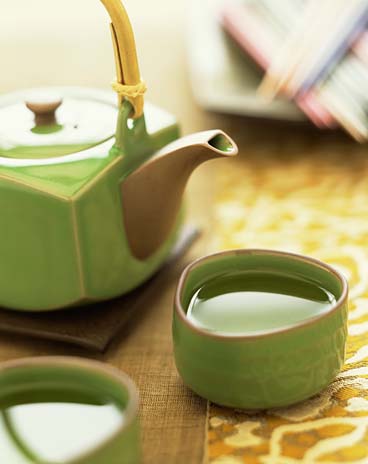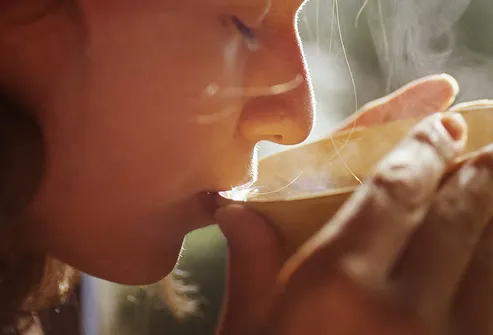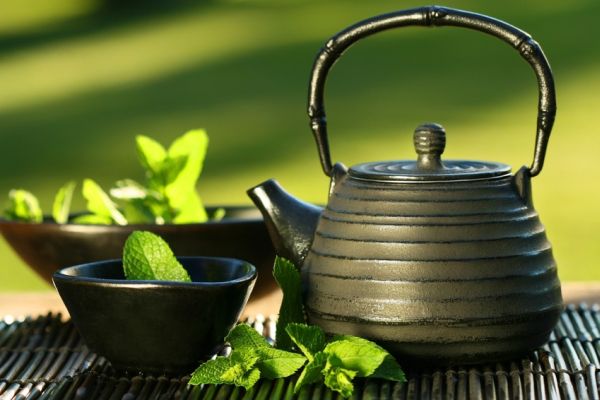Like people of the world, teas are quite diverse. Although most teas are derived from the
Camellia sinensis plant, there are herbal teas that are created from different non-caffeinated fruits, flowers, and herbs. The more popular teas, such as the black, green, white, and oolong are essentially the same kind of tea, all originated from the leaves of
Camellia sinensis.
Types of Tea
Traditional Black: Considered one of the more common and widely sought after variety, black teas are used in traditional iced teas and account for the traditional 'English breakfast tea" that many Americans have grown to love. As one of the more fuller-bodied teas due to its strong flavor, black tea is created by exposing
Camellia sinensis leaves to oxygen through special oxidation processes that turn the fresh green leaves into a brown color.
Trendy Green: Hugely popular due to the green movement by health enthusiasts, green tea does not go through the oxidation processes that black teas go through. To maintain the natural green color of the
Camellia sinensis leaves and to preserve the delicate flavor, the leaves are either steamed, roasted, or pan cooked to kill any active enzymes in the leaves before they go through a rolling process. Green tea is super rich with antioxidants, so drink up to protect your body.
Luxurious White: At one time, white teas were available for only the Chinese emperors. Now this once ultra luxurious tea variety can be enjoyed by all. Considered one of the least processed teas derived from the
Camellia sinensis plant, white tea is made from the freshest young leaves and unopened buds. White teas contain the highest amounts of antioxidants of any tea, and also has the very least caffeine.
Exotic Oolong: Given similar treatment to that of black teas, the Camellia sinensis leaves are given a much shorter process time, and are fermented. Oolong teas are famous for their rich flavor, red color, and light fragrant taste.
Sweet Herbal: Very popular amongst expectant mothers, herbal teas are naturally caffeine free and are not derived from the Camellia sinesis plant. Made from the roots, fruits, bark, leaves, and flowers of various herbs such as mint, chamomile, African red bush, and lavender, to name just a few, herbal teas are almost calorie-free and come in many different types.
Teas, in all their forms, are beneficial to all drinkers. Jeffrey Blumberg, professor in the Friedman School of Nutrition Science and Policy at Tufts University, Boston, MA, believes, "If there's anything that can confidently be communicated to the public,
it's the ability of tea to be associated and demonstrated in the
primary prevention of chronic disease."
"If you don't drink tea," Blumberg said, "you should start today. It's really delicious. It's convenient and has zero calories."




















